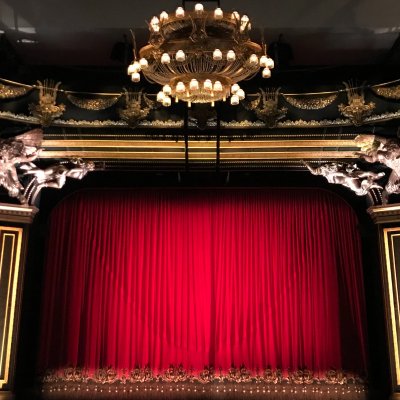In this paper, I wish to put touch tours under the microscope and challenge one key way in which they are presented in scholarship. Regularly, touch tours are commended for being one of the most inclusive aspects of the Audio Description (AD) experience (Udo & Fels 2010; Whitfield & Fels 2013). However, after a close examination of the processes involved in a touch tour, I want to contest this position with a twofold argument.
First, I will suggest that inclusion is not always necessarily commendable. Through interrogating the discourses of inclusion, I note that they uphold some notions that AD arguably seeks to undermine, namely the illusion of a fixed, interior in to which passive outsiders are accommodated (Graham & Slee 2007). Especially in the context of AD, this reinforces unhelpful conceptions: a marginalised, visually-impaired person (VIP) who receives essential information but cannot bring anything of their own to the experience.
Touch tours go some way to loosening these conceptions. Though the aim is still to help audiences better understand the show, touch tours challenge the idea that there is one fixed interpretation of the performance that must be captured. Touch tours, by their generally chaotic nature, dissemble the hierarchies in theatre. VIPs are encouraged to shape their experiences: choosing what they hear described; using personal references to perceive and remember objects; when to explore what; and whom to listen to from amongst describers, actors, and fellow audience members. Drawing on discussions about subjectivity in Anthropology (Ortner 2005, 31), I suggest that touch tours are occasions for VIPs to foreground their bodies, identities, and memories to experience a performance. In other words, there is less focus on grasping a fixed interpretation of the performance and more on what each audience member contributes.
My research therefore calls on AD scholars and practitioners to be more critical of the language of inclusion, as well as recognising how touch tours, for example, may offer new discourses that could get us beyond the limitations of “inclusion”.






